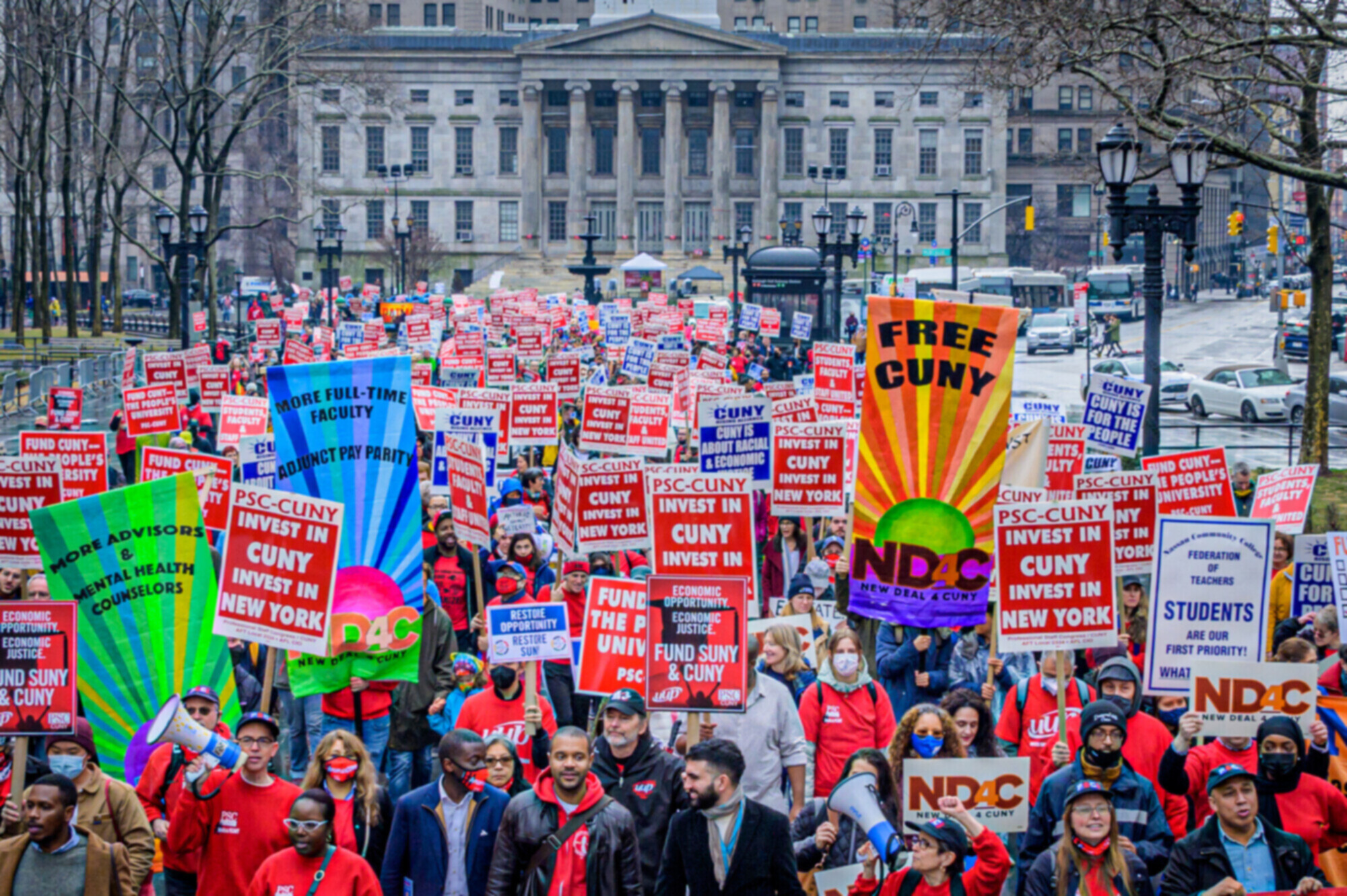Workers at Verizon returned to their jobs on August 23, ending a two-week walkout. The strike by 45,000 union members at Verizon was the biggest job action in the US since 2007.
The two unions at Verizon, the Communications Workers of America (CWA) and the International Brotherhood of Electrical Workers (IBEW), said they ended the strike because management had finally indicated a real willingness to bargain, in what CWA called “a ‘reset’ of the company’s bargaining position.”
REFUSAL TO BARGAIN
From the start of the strike on August 7, the two unions had said the cause was Verizon’s refusal to negotiate in good faith. “Since the first day of negotiations, through contract expiration and even today, Verizon management has demanded the same $1 billion in concessions,” CWA Communications Director Candice Johnson said on August 12. The unions filed unfair labor practice charges over the company’s hard-line stance, and affirmed that the strike could end when real talks were possible.
But while union leaders welcomed management’s apparent change in course, they were also cautious. “We don’t consider this a victory in any way,” said CWA President Larry Cohen. “We consider it progress toward a good process at Verizon.”
The Verizon strike drew attention not only for its size, but because of the spectacle of a highly profitable corporation demanding deep concessions from its unionized workers. The company posted profits of $3 billion this year, and $22 billion over the last four years. Yet Verizon’s inflexible demands at the bargaining table have included:
*eliminating pensions for all new hires and freezing pensions for current employees;
*scrapping all of the contract’s job security provisions;
*sharply increasing workers’ payments for health insurance premiums;
*cutting back sick days and eliminating four vacation days, including Martin Luther King Day;
*allowing unlimited freedom to outsource union workers’ jobs.
“Workers felt very strongly that their whole standard of living was under attack, that everything we’ve worked toward for decades was under threat,” said IBEW spokesperson Jim Spellane.
“If Verizon is successful, other companies will be encouraged to follow suit,” warned Kenny Williams, president of CWA Local 9510 in California. The unions blasted Verizon for “Wisconsin-style tactics,” including a threat to cancel strikers’ health coverage by the end of last August – an aggressive move the company had never deployed so early in past union walkouts.
VERIZON’S MYTHS
Verizon has a total of 197,000 employees, of whom 45,000 are union members. The corporation’s new CEO, Lowell McAdam, is former head of its overwhelmingly non-union wireless division. Union members at Verizon are concentrated in its wireline division, which the company insists is losing money. In a story line most of the media was quick to repeat, Verizon sought to portray the basic conflict as one between old-fashioned, outdated landline services, which have fewer subscribers every year, and the rapidly expanding wireless division, modern and lean and nimble. In this scenario the union is supposed to represent the high-cost, unsustainable past, and the company’s concession demands are supposed to be the wave of the rational, unavoidable future.
It’s a simple picture – but one that doesn’t stand up to scrutiny. For one thing, union members note, the unionized workers in the supposedly outdated wireline division are the ones who install and service Verizon’s FiOS services, fiber-optic connections for cable TV, phone and data that Verizon says are technologically advanced. Verizon is heavily promoting FiOS, which it expects to be a major profit center. But during the strike, customers seeking new FiOS installations in August were given installation dates in November and December.
The very distinction between wireless and wireline services doesn’t hold up very far when a call is being transmitted, Verizon workers say. “The cell towers are supported by fiber optics, and fiber optics are handled by the ‘landline’ division,” said one Verizon worker in Virginia. “This division between Verizon Wireless and [the rest of] Verizon is not so black and white.”
“The cell call travels less than 3% on average using wireless transmission. Then it goes to land,” explained another. “How they move money between the divisions is just accounting tricks. Besides, the wireline side has reported profits for the last five quarters, according to…the Wall Street Journal.”
PSC members were among the thousands of unionists who came out in support of the Verizon strikers – on picket lines, leafleting Verizon Wireless stores, and in a crowd of several thousand people demanding that the New York City Department of Education not award a $120 million contract to Verizon for phone and Internet services.
“I think we’re starting to wake up,” said Jim Perlstein, co-chair of the PSC Solidarity Committee. “It’s clear that if unions can be destroyed in the private sector, the same thing will happen to public employees. They’re trying to do that now! ‘An injury to one is an injury to all’ isn’t just a nice sentiment – it’s how the world works. So if Verizon workers go back on strike, we’ll be there to support them.”

